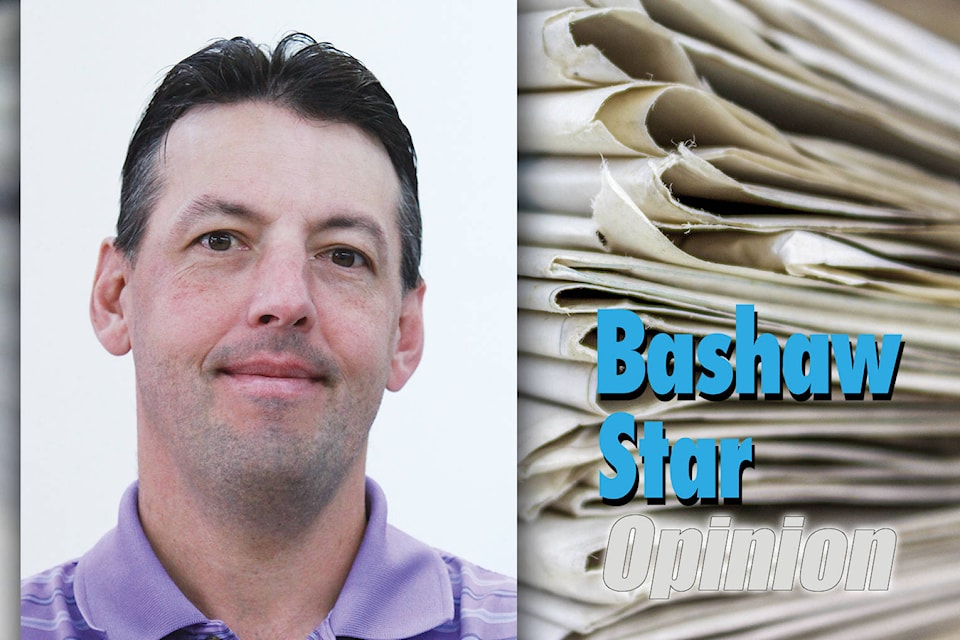Over the last several years, I’ve had the unfortunate circumstances to have to avail myself of the provincial health care system.
The majority of these times, the experience has been relatively quick, to the point and tolerable. You could even call it satisfying while rather unexceptional.
That’s what our health care system should be — get looked at quickly enough, get a diagnosis (most often) and sent to a specialist or other diagnostic services in short order.
What it should not become is a game of wait, wait and wait some more. Regrettably, when an individual gets to this province’s larger health care facilities, that’s exactly what occurs in the majority of cases.
Anyone not overdosing on something or that doesn’t have a head injury or have a limb barely hanging on, those ones are left to the growing list of casualties being managed in the always busy big city emergency departments.
Even those patients that are brought in via ambulance are left to the tragedy that has become the triage waiting list, including those dreaded transfers from rural hospitals, even if they were brought in to get a consult with a specialist.
The trouble isn’t that patients must wait, everyone knows that is going to happen, but it’s the length of time it tends to take to get seen or get a bed if the patient is being admitted.
A recent experience showcased not only a system bursting at the seams, but a tired and slow moving one that is trying everything it can to assist its many patients and failing miserably.
Now, everything at the rural hospital — diagnostic tests, blood work, other samples, even a special return trip by ambulance to a nearby hospital for a special test — went flawlessly and done in a timely fashion.
Regrettably, that would all change after being transferred to one of the province’s largest — and busiest — health care facilities for what was supposed to be a simply consultation with a specialist.
It was four hours after arriving before any tests were done, all of that time being spent sitting on an ambulance stretcher amongst an overflowing holding bay. It would be a further six hours until a resident came to chat about the situation and the admission to the hospital got started — only after a number of calls from the emergency area nursing staff.
Another three hours passed, with yet more calls from emergency room staff, before a spot was secured in a transition unit. A bed on a ward was at last available around 3 a.m., more than 17 hours after showing up for a “consultation” and having talked to just two resident doctors.
And after all of that and three more days taking up a bed, the specialists had only a “best guess” about what had occurred.
Can we fix it?
This experience is not nearly as bad as some that I got to hear from patients that were a worse situation, including one that got a three hour ambulance ride only to wait four more hours for a diagnostic test before being let go.
That tells me that the present system being operated is over-stretched, understaffed in places and in need of some serious discussions on how to accommodate rural residents in hospitals that are already inundated by city residents.
Aside from the obvious inconvenience to all patients, there are the added expenses from long ambulance transfers, having rural EMS crews essentially out of service for hours and many times rural residents stranded in a city with little recourse in finding their way home.
There has to be an answer and maybe that is simply funding many of the rural hospitals to do more than simply long-term and acute care.
Maybe more consultations can be done through innovative technological techniques and maybe utilize the current diagnostic facilities for efficiently — not just when its deemed an emergency.
Something needs to happen before the system gets so clogged that someone either gets lost in the shuffle or dies waiting.
But that is…just an observation.
